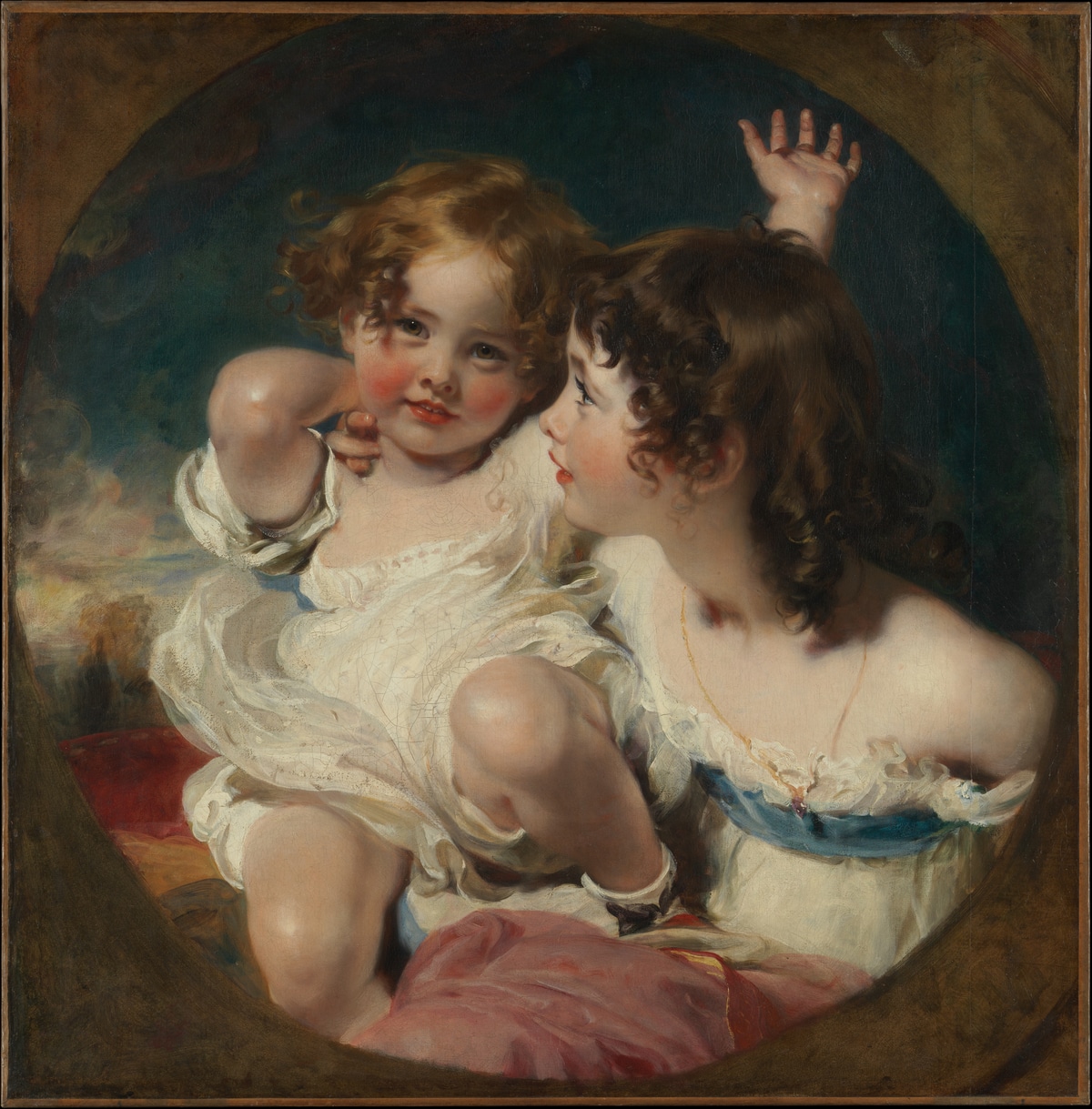The work life of a visual artist can be a solitary one. It’s an individual profession where most of the work is done alone in a studio. Even when there are interactions with others, they tend either to be competitive or involve complex relationships (such as the ones between artists and the collectors, dealers, and gallerists who buy and sell their work), and there is little opportunity for shared experience and support.
Like many artists, my father cherished his time alone in the studio, but he also understood the value of connecting with his peers. Every other week, he’d have lunch with a group of artists in Santa Fe. When the morning of the lunch came around, he would declare to me and my mother that he did not want to go. After returning from the lunch, he’d share stories about who said what, complain that his hamburger had been overcooked, and talk about how so-and-so drove him crazy with his/her political opinions. Usually, he’d add that he was never going back. Two weeks later, he’d repeat the whole process again.

Despite the occasional irritation–which would be familiar to anyone who’s ever worked in an office, or collaborated with a group of peers–my father realized that there was great value and validation in talking to people who want to know and do the same kinds of things that you do. To connect with those who can relate to your professional life, and share experiences and knowledge with each other.
Strength in Numbers
But the value of joining an artistic community extends beyond personal connections. The solitary nature of the work can breed isolation, which makes it much easier for middlemen and others to divide and conquer, taking financial advantage of artists in the process. When artists come together, however, they can find strength in numbers.
From his earliest days as a commercial illustrator, my father saw the benefit of working with others in his professional community in pursuit of shared goals. He had a favorite story about a large, well-established publishing company for which he created book cover illustrations. One of the managers fired his long-time art director, and replaced him with a secretary from the marketing department who was completely incompetent, and who took gross advantage of the artists that supplied the company with their work. In response, the entire group of artists joined forces, and sent the company a written ultimatum: It was either them or her. They won.

Another story that my father liked to share was about changes to tax and estate laws that occurred in the 1970’s. The new regulations were incredibly onerous and unfair to visual artists, requiring the IRS to evaluate an artist’s work after his/her death, appraise it at full market value, and levy an estate tax of 100% of the value! As a result, many artists left their families deep in debt, and several others burned their inventory to avoid saddling their loved ones with such a financial burden. Once again, my father was part of a large group of visual artists that banded together, signed petitions, and lobbied to have the rules overturned. And once again, their collaboration achieved the desired end.
An Insider’s Look
Our mission at the Clark Hulings Foundation is to create a supportive artistic community that provides artists with the knowledge they want, and the connections they need to thrive. Through our podcast, articles, and other learning tools, we offer an insider’s look at the business of art, demystifying the confusing and/or rapidly changing parts of the industry. We help artists build the confidence to tackle the challenges they face instead of relying on others whose interests may not align with theirs.
Beyond our informational content, we also strive to serve as a hub around which visual artists can gather to exchange ideas–with peers, as well as with other art industry professionals. Our events, website, and social media channels are designed to be actual and virtual spaces where people can meet and share their experiences, and in fact we’ve seen artists doing just that after discovering each other through The Foundation. Next year, all 11 of our 2015 Business Accelerator Grant finalists will also conduct interviews with industry leaders, gaining both knowledge and valuable networking connections in the process. (Check back with our podcast webpage to listen to those discussions.)
As we often say at The Foundation, art is a business, and just like in any other business, success depends on the kind of knowledge and support that artists can only procure from members of their own professional community–even when they don’t always get along at lunch.








Solid data. Good information.
Hey Bob, Thanks! We appreciate your support!
Nice post! Always good to be reminded the importance of communing with likeminded people. Thanks!
Thank you, Jason, for your kind words. No one is an island, and we hope to continue to build a network of like-minded individuals.
Thanks for the great article. So true. I loved Clark Hulings paintings and his book is a prized possession. The childhood portraits of Elizabeth are favourites.